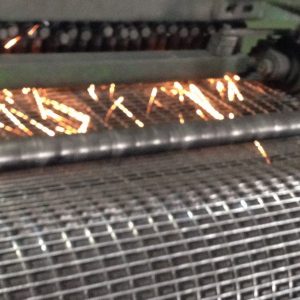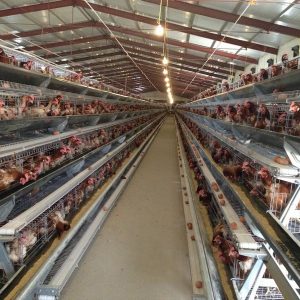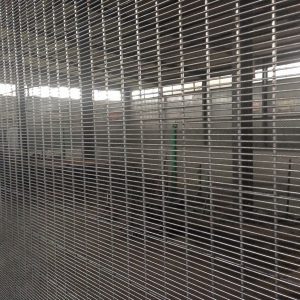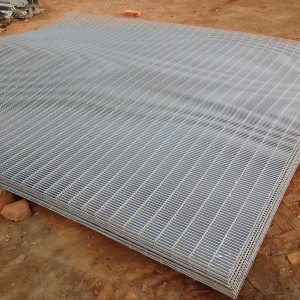
Problems to be considered in the site selection of chicken farms
The construction of chicken farms is one of the basic constructions of the chicken industry. Before the construction of chicken farms, the chicken farm site must be investigated to make a conclusion. What are the issues to be considered in the chicken farm site selection?
The choice of the site of the chicken farm is related to whether the construction work can be carried out smoothly, the production level of the chicken farm after it is put into production, the health of the chicken group and the economic effect of the operation. The choice of chicken farm site is mainly based on two aspects: one is the local natural conditions (topography, topography, water source, climate, soil, etc.); the other is the local socio-economic conditions (power source, transportation, residential area, etc.). After fully investigating and analyzing the two aspects, it is determined, and at the same time, it must be emphasized according to the different business purposes and nature of the chicken farm.
1. Climatic conditions
Before selecting a site for chicken farm construction, it is necessary to understand and master the relevant meteorological data accumulated by the meteorological department of the region in 5-10 years. Commonly used are: annual average temperature, absolute maximum temperature, minimum temperature, depth of soil freezing, and snow cover Depth, average summer rainfall, maximum wind force, main wind direction throughout the year, sunshine hours in each month, etc., these data and data play a great role in the design of the site.
2. Topographical conditions
Topography, topography, soil quality and water quality conditions The terrain is high, dry, sunny and leeward, and sandy soil that is good for drainage is a good environment for chicken farms. This will help maintain a warm and dry microclimate in the venue. Sunny and leeward can make free-range chickens often be exposed to sufficient sunlight, weaken the influence of cold air flow in severe cold season, and the chicken house is also easy to keep dry and fresh air. The high, dry, well-drained terrain is good for preventing diseases and treating feces. Muddy, low-lying terrain will cause trenches and pipelines to be soaked in water for a long time, causing serious corrosion and greatly increasing maintenance costs. The low-lying terrain can even cause water to flow back into the house during the rainy season, affecting the normal production.
The chicken farm should be open and have room for development. The topography should be square and should not be too narrow and long, so as to prevent the layout of the building from being stretched and not compact, and roads, pipelines, and lines are narrow and long. Investment will increase accordingly and the distance between personnel will increase. , Affect work efficiency. Free-range chicken houses are mostly raised in large groups.
The rationality of the arrangement of chicken coops is related to the microclimate of the site, the lighting and ventilation of the chicken coops, the connection between the buildings, the length of roads and pipelines, and the utilization rate of the site. The chicken house group generally adopts a horizontal row (east-west) and a vertical row (south-north) determinant, that is, the coops should be parallel and neatly arranged in a comb-like arrangement and cannot intersect.
3. Electricity and transportation
Power and traffic conditions, and whether the power supply is sufficient and stable is also one of the conditions that must be considered for the chicken farm site. Incubation, brooding, etc. cannot lack lighting and heating equipment. For large-scale mechanized chicken farming, electricity is even more indispensable. From feeding, drinking water, cleaning manure, egg collection, artificial lighting, to heating, ventilation, etc., there must be a stable and reliable power source, and a generator should be provided when necessary.
The site selection for chicken farm construction also needs to consider which chicken coop model to choose, and comprehensively consider all factors to make a decision.
According to China’s climate characteristics and the average temperature in January, some experts in chicken house construction in China ensure that the temperature in the chicken coops in various areas in winter is not lower than 10℃. It is recommended that China’s chicken house buildings be divided into five Climate zone. Zone I is a severe cold zone. The average temperature in January is below -15°C. Zone II is a cold zone. The average temperature in January is between -15 and -5°C. Enclosed chicken houses are used in these two zones. Zone Ⅲ is cold in winter and cool in summer. In January, the average temperature is -5~0℃. Zone Ⅳ is cold in winter and hot in summer. The average temperature in January is 0~5℃. These two zones adopt enclosed chicken houses with windows. Zone V is a hot zone. The average temperature in January is above 5℃, and an open chicken house is used.
①Closed type, that is, no window chicken house. The chicken house has no windows (emergency windows can be set up), artificial light and mechanical ventilation are completely adopted, and it is highly dependent on electricity. Chicken flocks are not affected by external environmental factors, and production is not restricted by seasons; artificial light can be used to control sexual maturity and egg production; the natural transmission of diseases can be cut off and land use can be saved. However, the cost is high; the epidemic prevention system is strict, the water and electricity requirements are strict, and the management level is high. Some large industrial chicken farms in northern my country often use this type of chicken house.
②Open chicken coops are equipped with window holes or ventilation belts. The chicken house does not provide heating, and relies on solar energy and heat energy from the chicken body to maintain the temperature in the house; the ventilation is also mainly natural ventilation, supplemented by mechanical ventilation when necessary; natural light supplemented by artificial light. The open chicken house has the characteristics of easy heat protection and difficult heat preservation and low capital investment and operation cost. Openness makes chickens vulnerable to external influences and pathogenic invasion. Some small and medium-sized chicken farms in southern my country or professional family-style chicken farmers often use it.
③Enclosed chicken house with windows This type of chicken house has windows on the north and south side walls as air inlets, and the opening degree of the windows is adjusted by the window machine. In mild weather, natural ventilation is used; when the weather is unfavorable, the large windows on the north and south sides are closed, the air inlet on one side of the gable wall is opened, and the fan on the other side of the gable wall is activated for longitudinal ventilation. It has the dual functions of opening and closing the chicken house, but the breeder house has higher requirements for the airtight performance of the windows to prevent the ventilation short-circuit phenomenon during mechanical ventilation. This type of chicken house can be used in some areas in central and even northern China.



